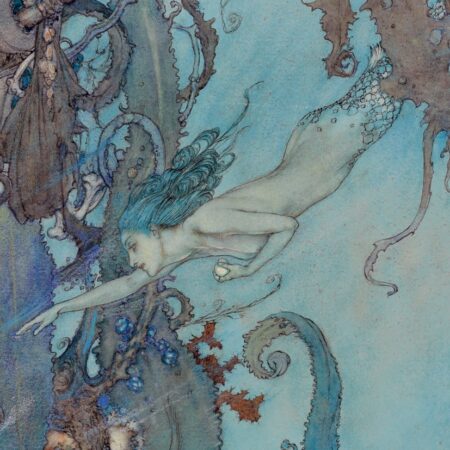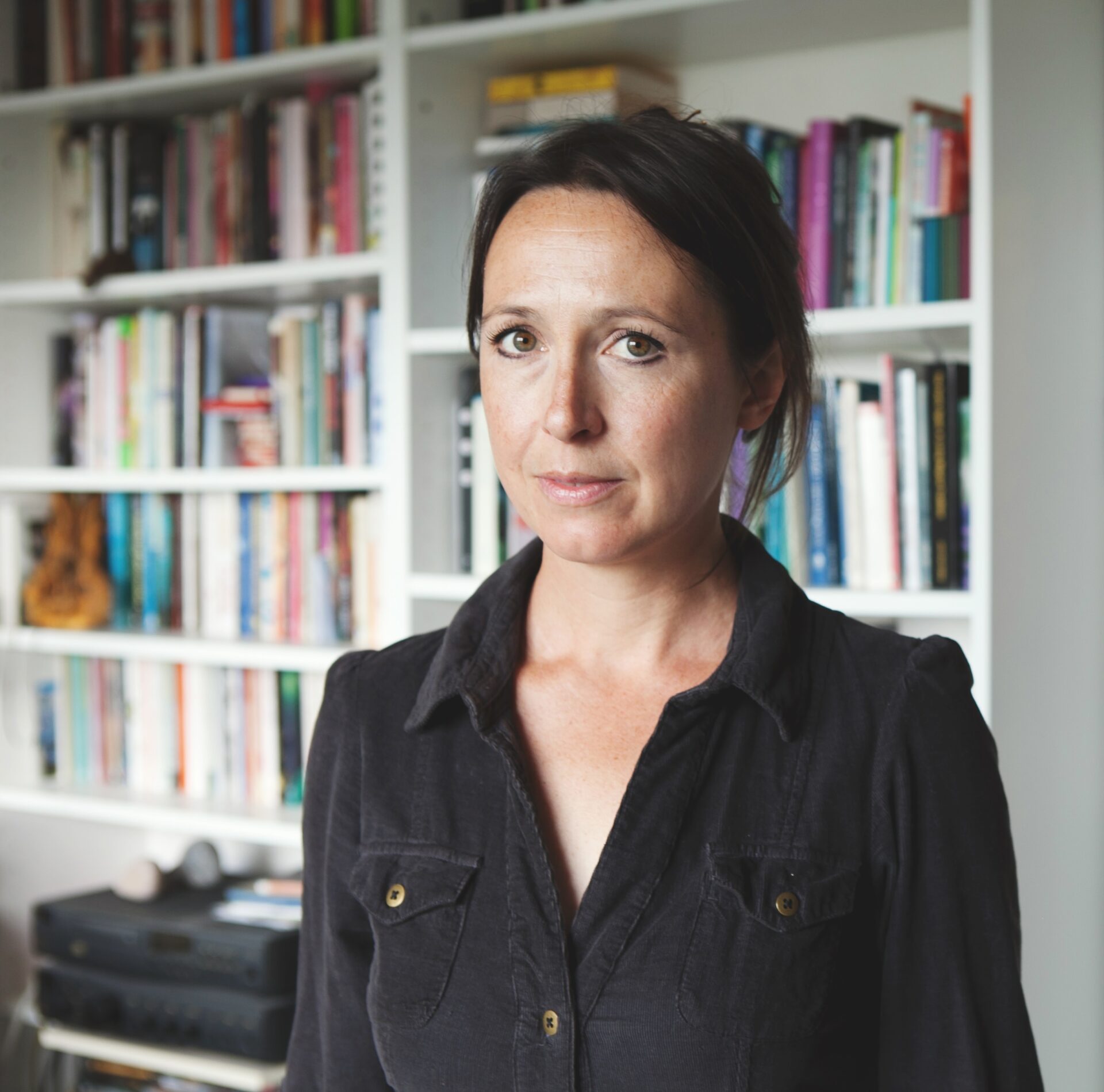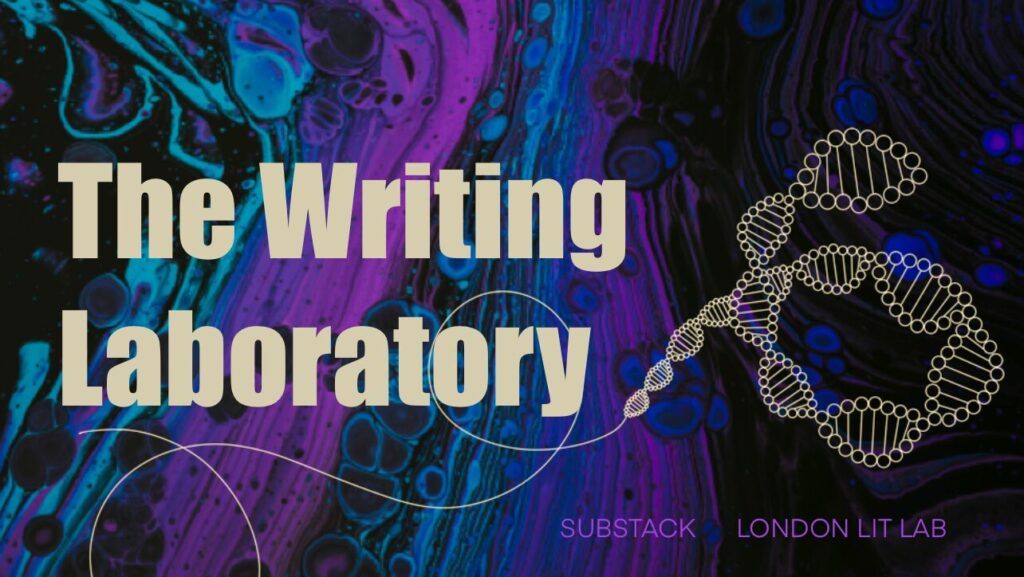‘One afternoon,’ sang the shell, ‘oyster-and-pearl, a man came back from the fishing…’ – Kevin Crossley-Holland, ‘Sea Woman’
On this course, we’ll read tales about mermaids, selkies, sea monsters and ocean travellers. We’ll explore the flotsam and jetsam of seafarer’s lore, and be inspired by that liminal landscape between earth and sea: the shore.
Looking at original tales and published fiction inspired by them, we’ll think about how writers make the symbolism of the sea their own, how they flavour their fiction with its salty atmospheres, and how new stories have sprung from echoes of old folkloric beliefs. We will try out these methods for ourselves in writing exercises throughout the course.
We’ll read and discuss work by authors such as Kathleen Jamie, Kirsty Logan, Lucy Wood, Gabriel Garcia Marquez and Victor Hugo, as well as ancient folklore and tales.
This course is aimed at new or established writers, who are either already experimenting with using folk tales in their writing, or who would like to learn about this approach for the first time.
Course outline
- Three assignments, including reading material, discussion prompts and writing exercises
- Opportunity to share your work (not obligatory)
- Written feedback from the course tutor on a final submission of up to 1,500 words
- An online writing community, lasting beyond the end of the course
Your course tutor, Zoe Gilbert, will upload a new lesson each week. This will include stories and other sources to read, Zoe’s lesson, and a writing assignment. You can read and write in your own time, and share your thoughts and writing with others using message threads on the course page. There is no obligation to share work unless you would like to!
In the fourth week, you’ll have time to develop one of the writing assignments into a finished short piece. Zoe will read it and provide individual feedback.
All material and discussion channels will be available for the four-week period of the course.
Course timetable and content
Week 1: Crossing the shoreline – fishing for meaning in fantasies of the deep
Week 2: Bringing the sea inside – the uncanny symbolism of a watery home
Week 3: Sex, death and superstition – sea creatures as expressions of desire
Week 4: Submit a piece, up to 1,500 words, for feedback
Time Commitment
You can work through the material and do writing exercises at your own pace. To help with your planning, we suggest you allow a minimum of three hours for each lesson/assignment, and a little extra for optional recommended reading.
Learning online
The course will take place online, in a closed group on a platform called Slack, so you’ll need to have internet access, but not at any specific times. Slack is easy to use, and we’ll provide you with full instructions and guidance before the course starts. On Slack, we won’t have scheduled live chats, but there will be plenty of opportunity to interact with Zoe and the other course participants in discussion threads, throughout the four weeks.



